
Get your FREE 30-day trial.
Please complete all fields.
The average price for most used tires is around $25 to $75 per tire. (Source: Utires.com)
If you are a startup and want to do marketing on a budget, you are not the only one. A lot of people have gone and are still going through the excruciating pain of low-budget marketing.
Someone should write a book on budget marketing horrors where the protagonist will expunge all the ghosts with evangelical content marketing ideas.
Yes, dear reader, you are welcome to write it, just give credit where it’s due.
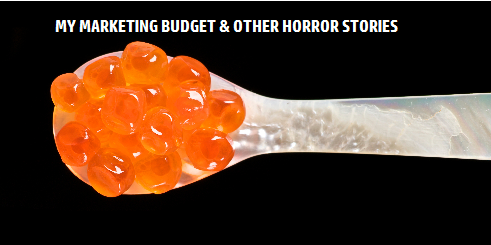
So back to the topic – how to do content marketing when your budget is, at best, equal to the price of used tires, a week’s grocery, or an ounce of caviar.
Is your website still using the same accordion banners or 2010-style layout?
The first, and the most important step, you need to take is improve your website in a way that it does justice to your content.
What is the point of adding good content when your website isn’t eye-catching, appealing, and organized?
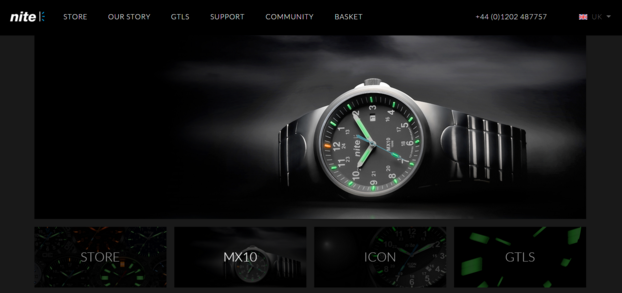
Today, the preferred and available ways of putting together or revamping a website are moving on from hiring designers and developers to doing it yourself with freemium ecommerce platform like Spaces or sourcing it out to a designer marketplace such as 99designs. These methods take the guesswork out of web design, and yet come with the assurance of beautiful and modern layouts, contemporary web functionality, and most importantly, little odds of budget overruns.
Once your website starts looking like it’s made in 2016, it’s time to start adding content to it.
Many a time, I have seen marketers trying to keep up with evolving trends. From Twitter to Medium through to Snapchat, it has become a race of firsts – who joined first, who reached 10k followers first, who has the maximum loops, likes or llamas, the list goes on.
But in a bid to be everywhere, are you losing focus on the one most important place where it all began. Yes, I am talking about your website. Your website is your asset too, just like your tweets and FB posts.
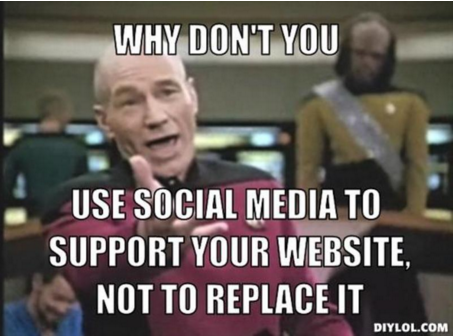
You need to make full use of your website and other existing resources before you create new content for newer, shinier channels.
Don’t let your website turn into a landline phone. (It’s there but no one uses it. Except maybe, Google Plus.)
I have noticed this is especially the case with small businesses and startups.
But if you are low on budget, it makes sense to make maximum use of available resources.
For instance, you have 50 testimonials, but do you have customer pictures to go alongside these testimonials? What about videos? Why not record some reviews from customers on video and add them to your site? Do you actively solicit images and videos from your customers? Do you feature those when you get them? Many brands are already there!
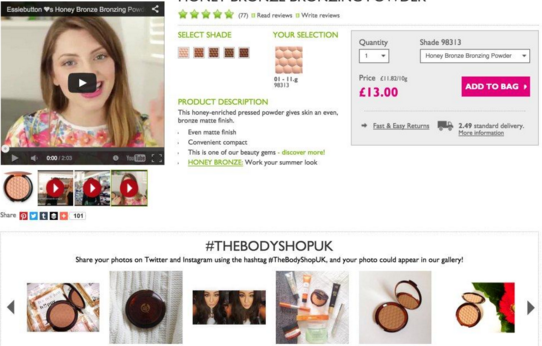
The fact is that updating and adding website content is an ongoing process and very few businesses understand the importance of it.
If you are into B2B business, do you have enough case studies, whitepapers or industry news? While collecting data from customers or even sourcing it from the industry aren’t difficult tasks, very few companies do it; I bet you’ve come across one website too many where you can’t find strong case studies or whitepapers.
It takes about 10-15 hours to make an insightful case study; probably 50 hours to write a whitepaper, and another 15 to design it. So if you aren’t already making use of information as a powerful marketing method, start immediately.
People love statistics. Whether you are selling software or smoothies, you can wow and woo your audience with some statistical findings, research and facts.
Don’t believe there are any statistics for smoothies?
Here are some ideas for data-based content (could be a series of blog posts) on juices and smoothies…
Research-backed posts measuring calories in each type of juice:
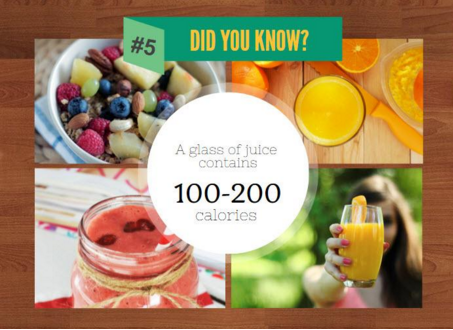
Posts on food habits and choices to motivate people to drink healthy smoothies:

Posts based on your best-selling smoothie flavors:
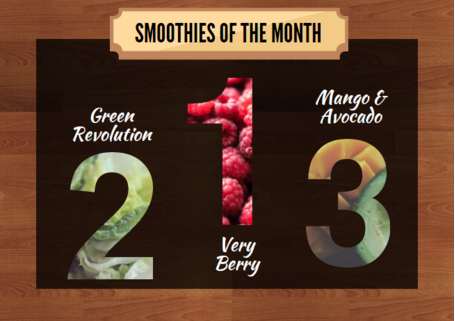
The list goes on, but the gist of it is that no matter what business you are in, statistics will make you appear more intelligent and well-informed. You emerge as a thought leader or industry expert and suddenly you find yourself a notch above other mama-papa businesses.

On a side note, take a cue from the images I created for citing these statistics. Since people remember visual information more than the written word, use good images, charts and tools to create infographics, blog post banners and social media posts. Piktochart and Canva are a couple of intuitive tools that help you do this easily and consistently. And since both are free, the only effective cost is your time.
Almost every business rolls out offers and discounts once in a while. The trick here is not to keep existing customers happy (although there’s more profit in doing that), but attract new customers.
How do you do that?
Find influencers from social media, blogs, forums and review sites, and offer them a free trial of your product (or better yet, meet them over a few beers – er, smoothies!) Content creation and promotion are 2 of the 3 top reasons why marketers are looking to influencers to help them get the brand in front of their audience. And “product launch” (read, new customers) fittingly completes the triad of customer acquisition:

The fact is, whether you are a B2B or B2C business, you can use this relatively newer but cost effective method to quickly spread the word about your brand or products.
If things go well, you can take your relationships to the next level by asking influencers (or paying them) to talk about you. Paid influencing is not as bad as you think, and if your content is not pushy or aggressive, it works extremely well too.
Moving on in 2016, we need to understand that new-age digital marketing is a boon – not a headache – for small businesses.
We are lucky that we have found an alternative to traditional, more expensive, and spray-and-pray methods of marketing (even brochures & direct mailers); we now have easy and effective techniques and platforms to promote our businesses at a fraction of the traditional marketing cost. Now it’s up to you to get the hang of it.
Rohan Ayyar fits into dual roles at E2M, a digital marketing agency where he’s involved in web analytics and creative content strategy, and at Moveo Apps, where he steers the UX process with a focus on conversions. Rohan is an avid blogger, with posts featured on Fast Company, Business Insider India and Entrepreneur, amongst others. Follow him on Twitter @searchrook.